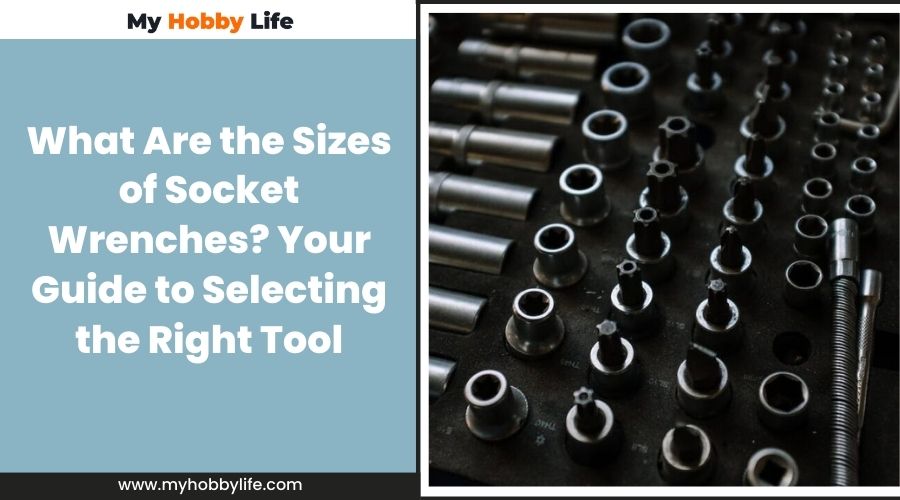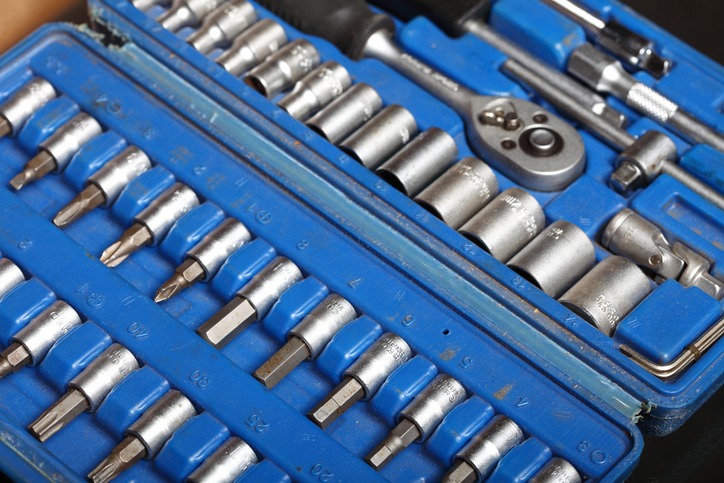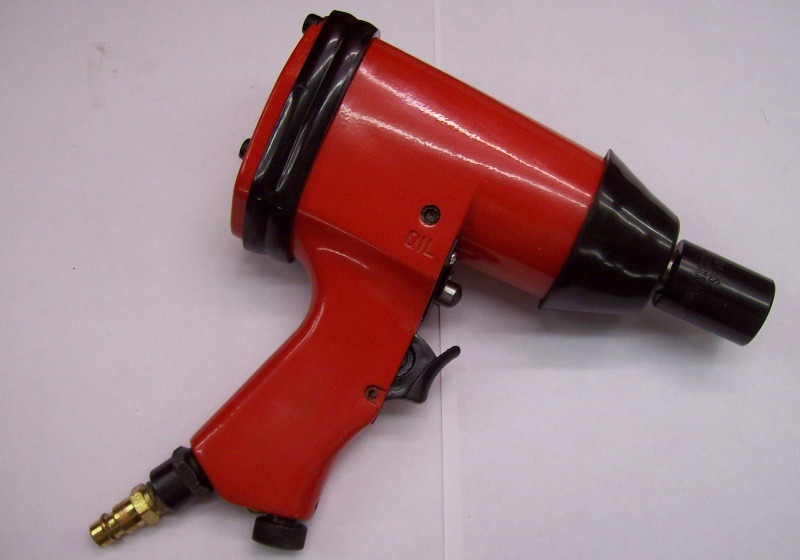Socket wrenches are indispensable hand tools in both professional and home garages. They consist of a ratcheting handle and a set of sockets of varying sizes that can be swapped out to fit an array of bolts and nuts. The versatility of a socket wrench comes from its ability to quickly adjust to the size of the fastener, enabling the user to tighten or loosen without the need to remove the tool from the fastener, which is efficient for tasks where space is limited or where speed is of the essence.
The sizes of socket wrenches are typically standardized to ensure a proper fit on fasteners. In the United States, socket wrench sizes are generally measured in inches for SAE (Society of Automotive Engineers) or in millimeters for metric sizes. The standard SAE socket set may range from sizes as small as 3/16 inch to as large as 1 inch, whereas metric socket sizes begin at 4mm and may go up to 19mm or larger. It is crucial for the user to select the correct size socket for the fastener at hand to avoid stripping or damaging the head.
In most socket wrench sets, users will find that sockets not only come in different sizes but also in different point configurations, such as six-point and twelve-point. The six-point socket, with its hexagonal shape, offers a snug fit and is less likely to slip or strip a fastener. The twelve-point, or double-hex, sockets might provide an easier fit over a bolt but should be used with caution on stubborn or damaged fasteners to avoid rounding. For specialty applications, there are also sockets with eight points designed specifically for square heads. By using the right size and type of socket, users ensure the longevity of their tools and the safety of their work.
Types of Socket Wrenches
A key factor in selecting the right socket wrench is understanding the types available, personalized to various tasks, materials, and environments. Below are the two primary types of socket wrenches employed in both professional and DIY contexts.
Manual Socket Wrenches
Manual socket wrenches are the standard tool for tightening or loosening nuts and bolts. They comprise a ratchet mechanism which allows the wrench to turn the socket in one direction while preventing motion in the other. This feature enhances efficiency by allowing continuous movement without needing to remove the tool from the fastener. Manual socket wrenches are commonly found in socket set packages, typically including a variety of socket sizes to accommodate different fastener dimensions.
Specifications:
- Drive Sizes: 1/4 inch, 3/8 inch, 1/2 inch, etc.
- Common Uses: Automotive repair, furniture assembly, construction projects
Impact Socket Wrenches
Impact socket wrenches are designed to withstand the high torque delivered by impact tools, which are often used in automotive and heavy machinery work. They are made from robust materials allowing them to endure the additional force without cracking. Impact socket wrenches are utilized with powered impact wrenches and are essential when manual socket wrench sets do not provide the necessary power or efficiency.
Specifications:
- Material: Chrome-molybdenum or other alloys for added durability
- Design Features: Thicker walls and sometimes a black oxide finish to resist corrosion
Frequently Asked Questions
In this section, readers will find concise answers addressing common inquiries about socket wrench sizes. These are tailored to help one make an informed decision concerning their selection and use.
What is the range of sizes available in a standard socket wrench set?
A standard socket wrench set typically includes a variety of sizes to accommodate different bolt heads. Sizes can range from 1/4 inch up to 1 inch in a set, with intermediate sizes such as 5/16, 3/8, 7/16, 1/2, 9/16 inches also provided.
How can I determine the appropriate socket wrench size for a specific application?
To determine the appropriate socket wrench size, measure the fastener’s head across the flat sides. This measurement corresponds directly to the socket size needed. One should ensure a snug fit to avoid slippage or rounding off of the fastener.
What are the differences between metric and SAE socket sizes?
Metric socket sizes are measured in millimeters and used worldwide, while SAE (Society of Automotive Engineers) sizes are denoted in inches and commonly used in the United States. Metric sizes include, for example, 10mm, 12mm, and 15mm, whereas SAE sizes would be 3/8 inch, 7/16 inch, and 1/2 inch.
Could you list the socket sizes commonly included in a Craftsman set?
Craftsman socket sets often include a range of SAE sizes from 1/4 inch to 1 inch and metric sizes from 6mm to 19mm. The specific sizes included can vary depending on the set.
How do the sizes of socket wrenches correspond to bolt diameters?
Socket wrench sizes correspond to the diameter of the bolt head. For example, a 1/2 inch socket fits a bolt head 1/2 inch across the flats. Metric sockets correspond similarly; a 12mm socket fits a bolt head that measures 12mm across.
What are the typical ratchet drive sizes found in socket sets?
The most common ratchet drive sizes are 1/4 inch, 3/8 inch, and 1/2 inch, with larger drive sizes like 3/4 inch and 1 inch being used for heavy-duty applications. The drive size determines the type of socket that will fit the ratchet.


